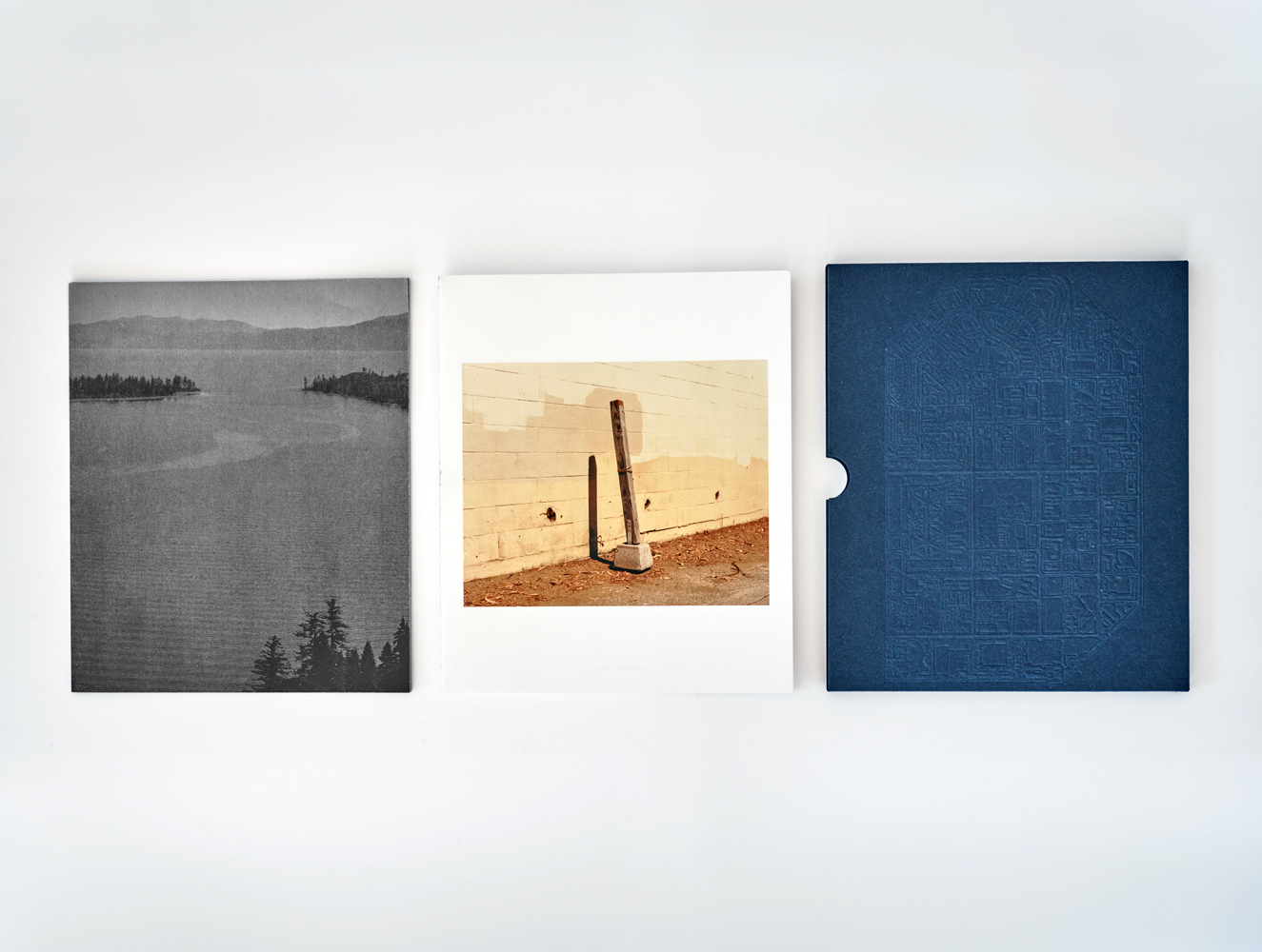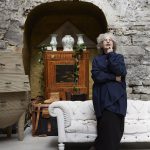Throughout history, islands have occupied a prominent place and have frequently been a source of inspiration in literary and artistic imagination. The island, a territory separated from other lands by water, easily lends itself to fantasy and mythification. Folklore abounds with all kinds of stories about magical islands, islands that lure people in and never let them leave, islands that appear and disappear, or the idealized island, the place sailors aspire to reach and spend their whole lives searching for but never find.
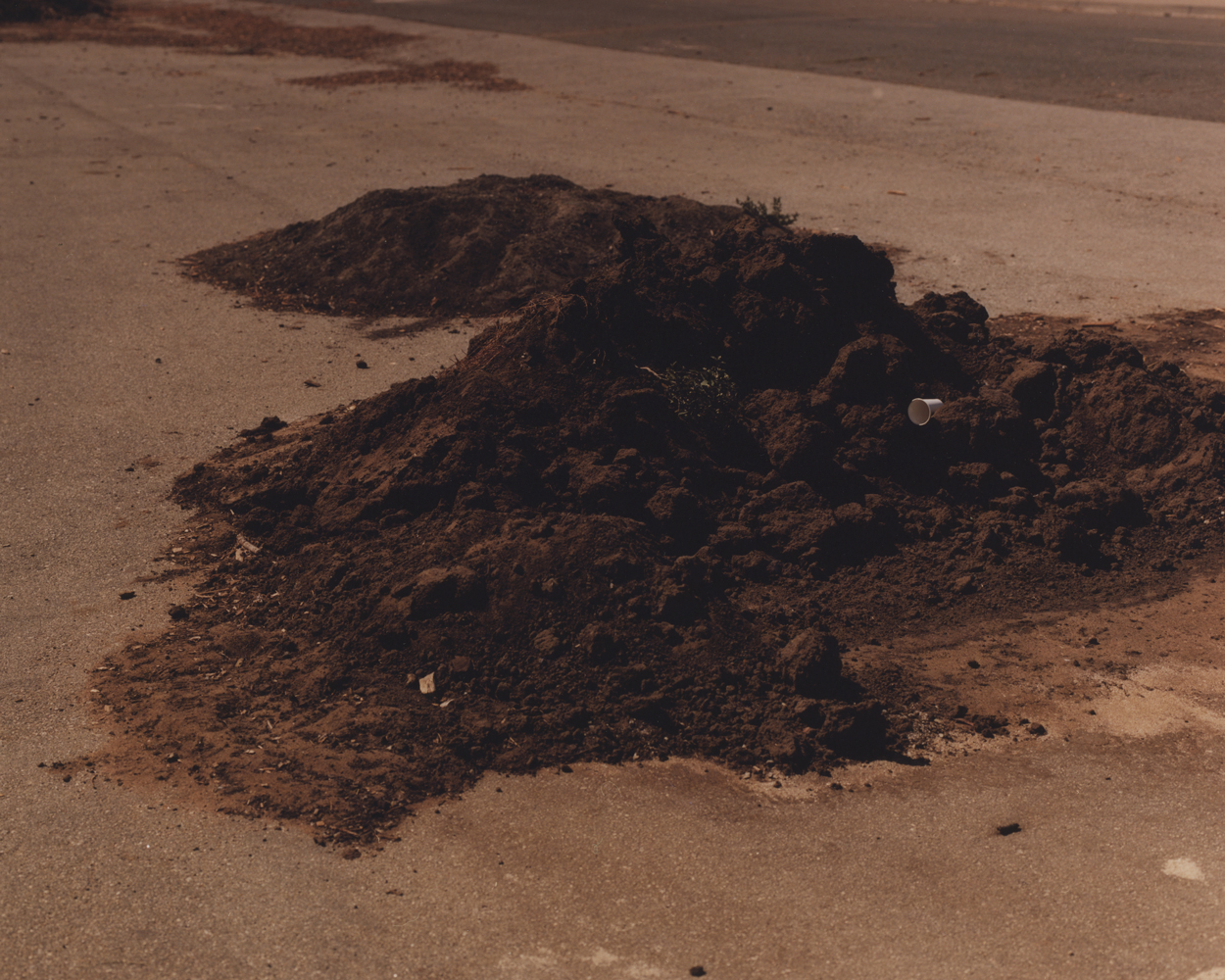
The origin of this project stems from curiosity about these questions, sparked by my encounter with two isles near my surroundings: one natural and one artificial. On one hand, a islet of barely 2 km² located in Lake Tahoe, on the border between California and Nevada, which has had multiple names throughout its history (Dead Man Island, Baranoff Island, Hermit’s Island, and currently Fannette Island). It is a site of breathtaking natural beauty, with a magical atmosphere and a fascinating legend of an eccentric hermit named Captain Dick, who lived there isolated for twelve years in the second half of the 19th century.
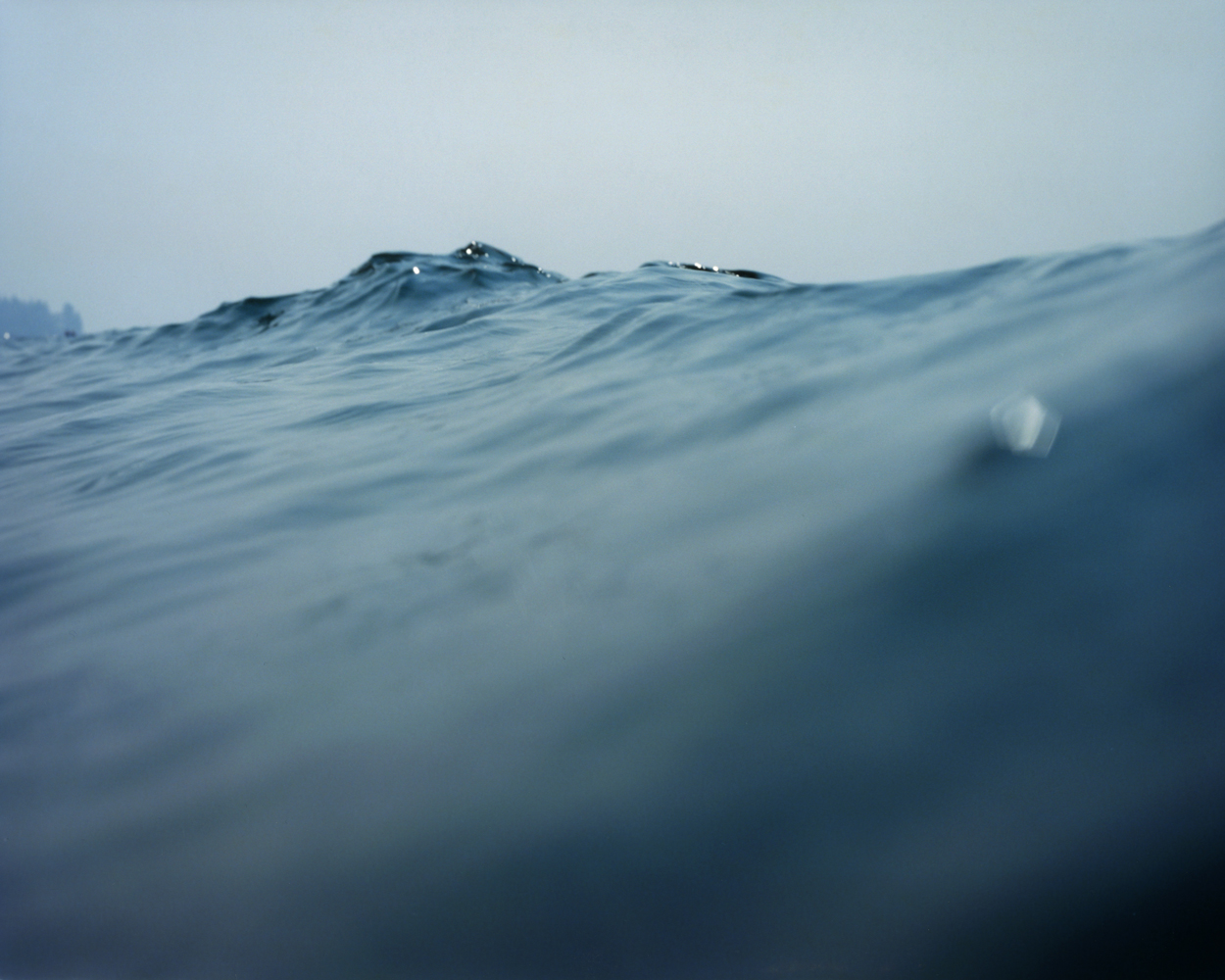
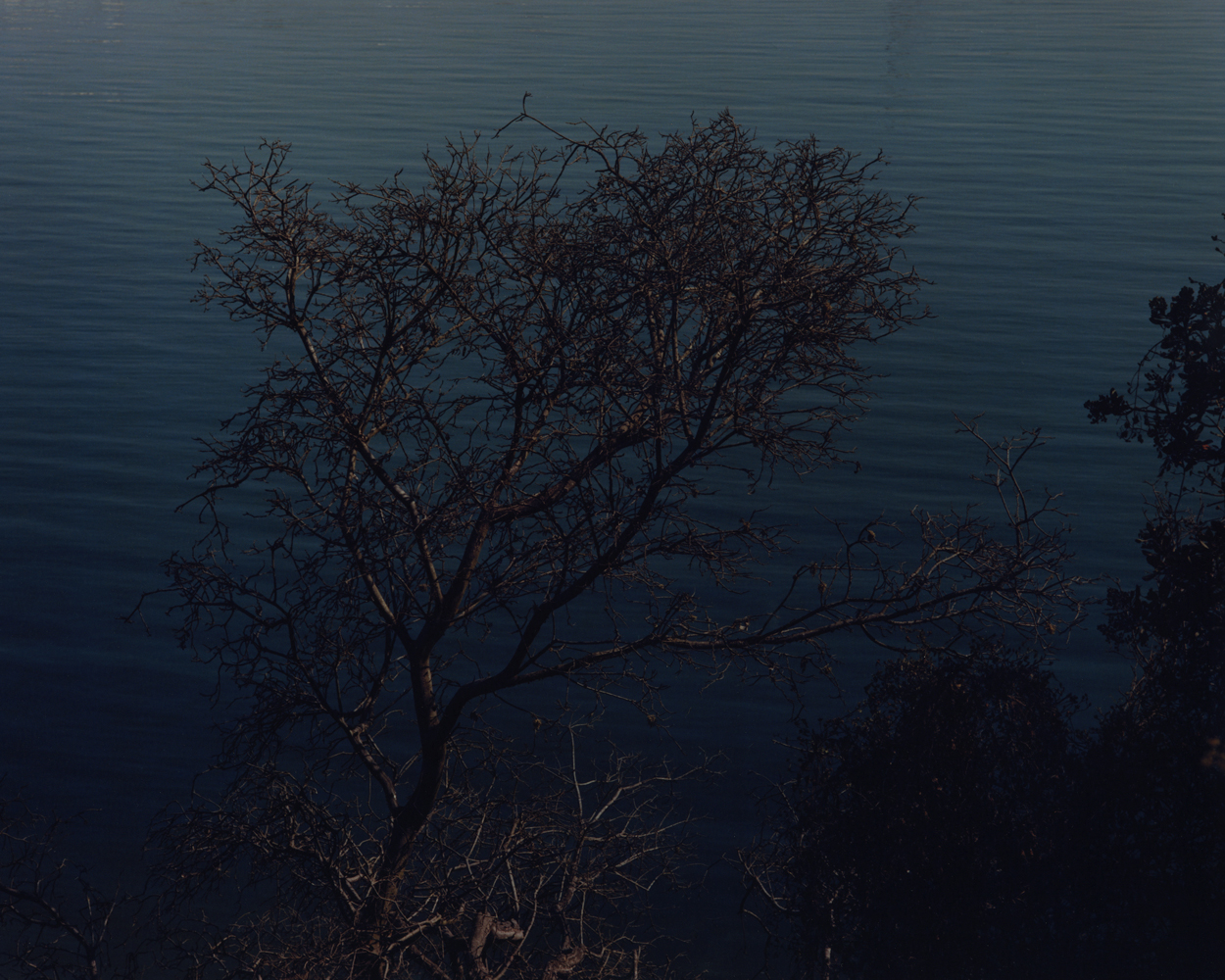
This special place and its story deeply resonated with me from the first time I visited, making me reflect on the romantic idea of how islands have traditionally been used in our collective imagination to explore and create bridges between the real and the imaginary, often taking the form of utopia/dystopia, as well as a container for personal development and creativity. Since then, I’ve been collecting anonymous images of Fannette Island in my process of accumulation and continuous search for photographic materials, not knowing exactly what to do with them. This impulse was more of an act of trying to understand where my interest and fascination for this place came from.
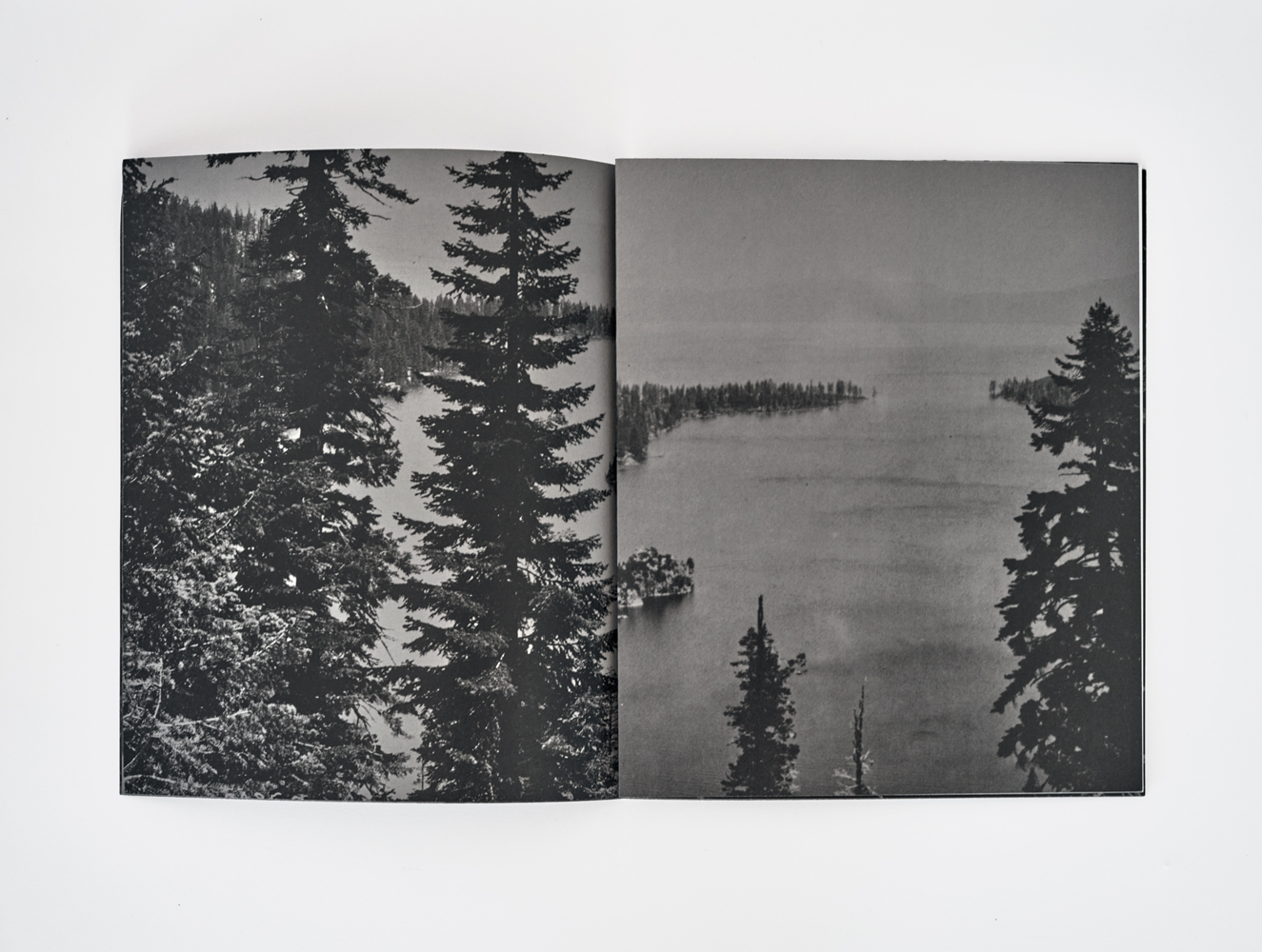
Meanwhile, guided by these aspects, I started visiting Treasure Island, an artificial isle located in San Francisco Bay, built between 1936 and 1937 for the 1939 International Exposition. Despite being just a few kilometers from one of the most expensive and densely populated cities in the US, it has a very special atmosphere, emanating an unusual sense of calm and desolation, almost a desert, an oasis within the gentrification and overpopulation existing in the Bay Area. The act of photographing Treasure Island coincided with the beginning of works on a mega-urban plan that aims to transform it forever. Gradually, this place became a source of inspiration for me, a safe refuge where I could isolate myself to create a new group of images while it was being rebuilt, as if in some way I was using photography as a tool to construct my own piece of land.
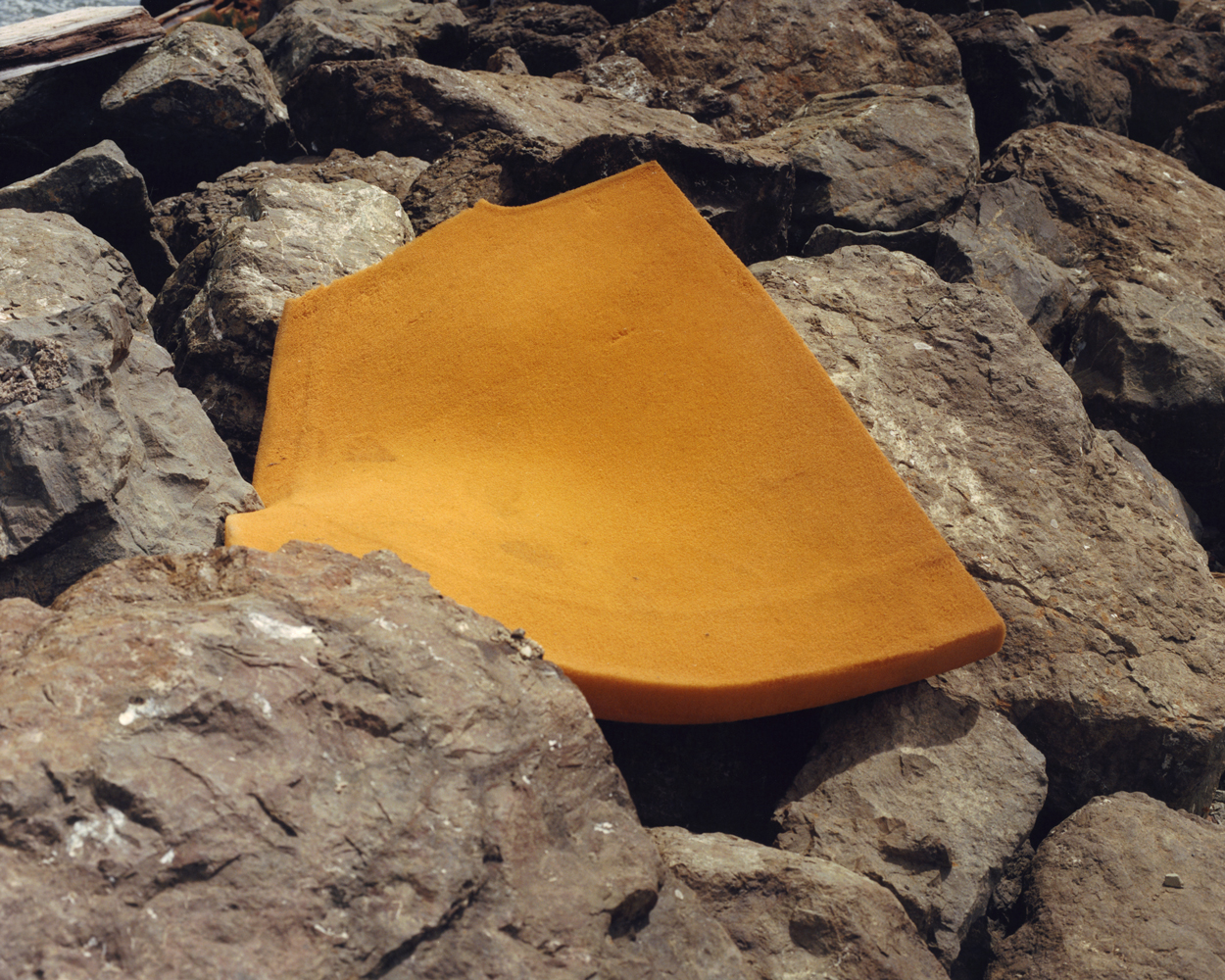
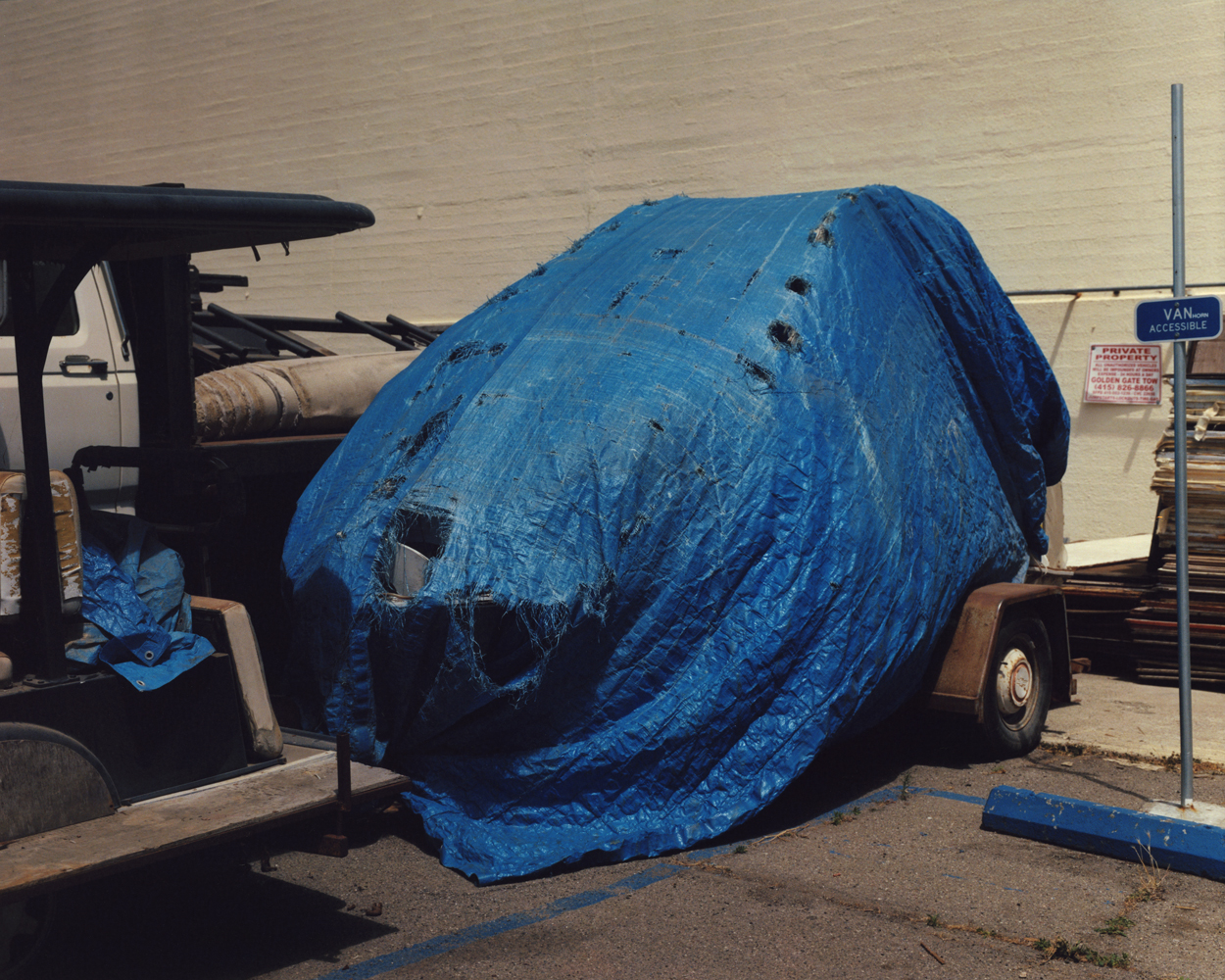
The subjects I decided to photograph on Treasure Island mainly focus on elements related to this remodeling process (machinery, construction materials, the landscape resulting from demolitions caused by the works, etc.), and visually, they are the opposite of the idea of a deserted island of wild nature that we have ingrained in our collective imagination.
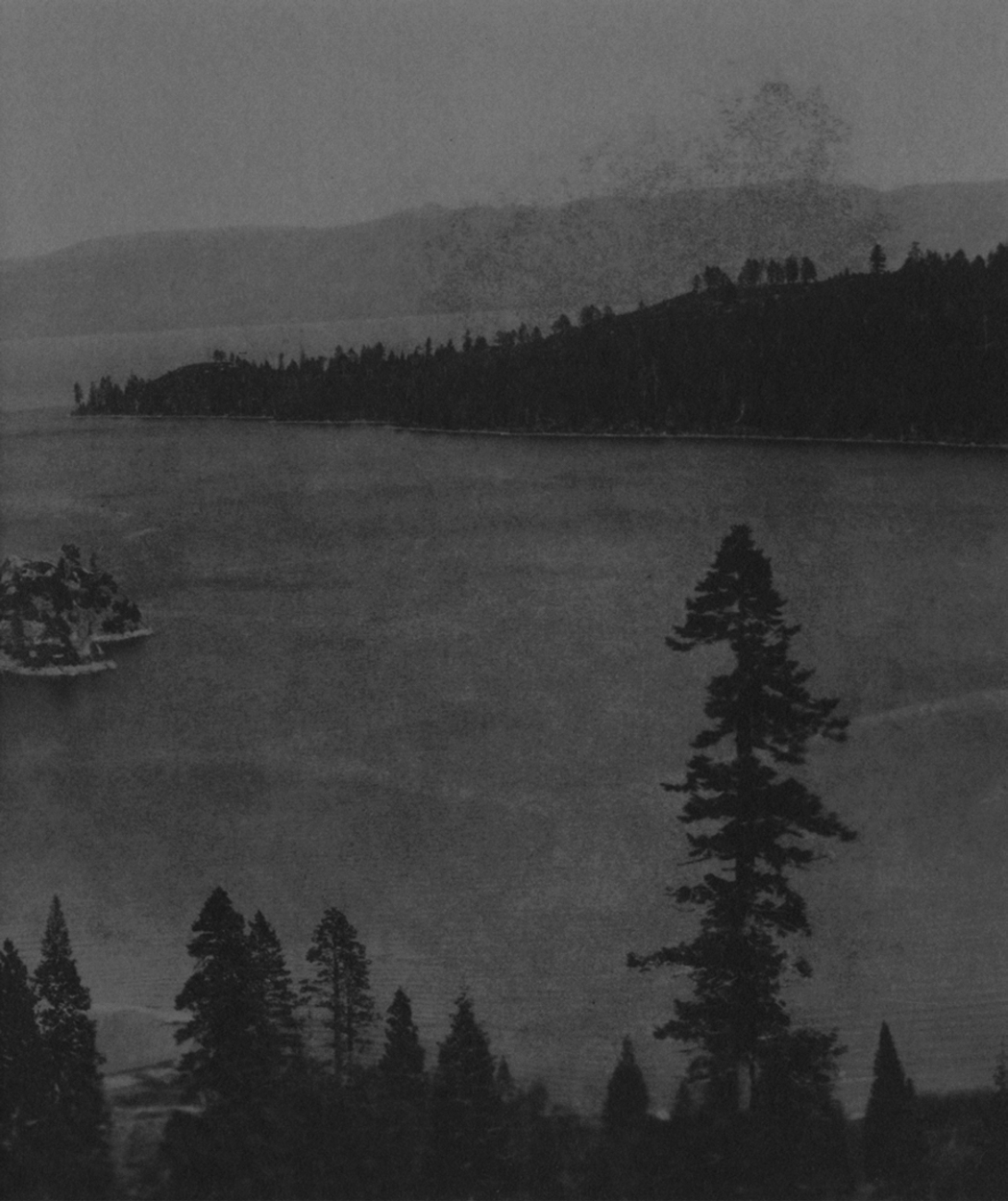
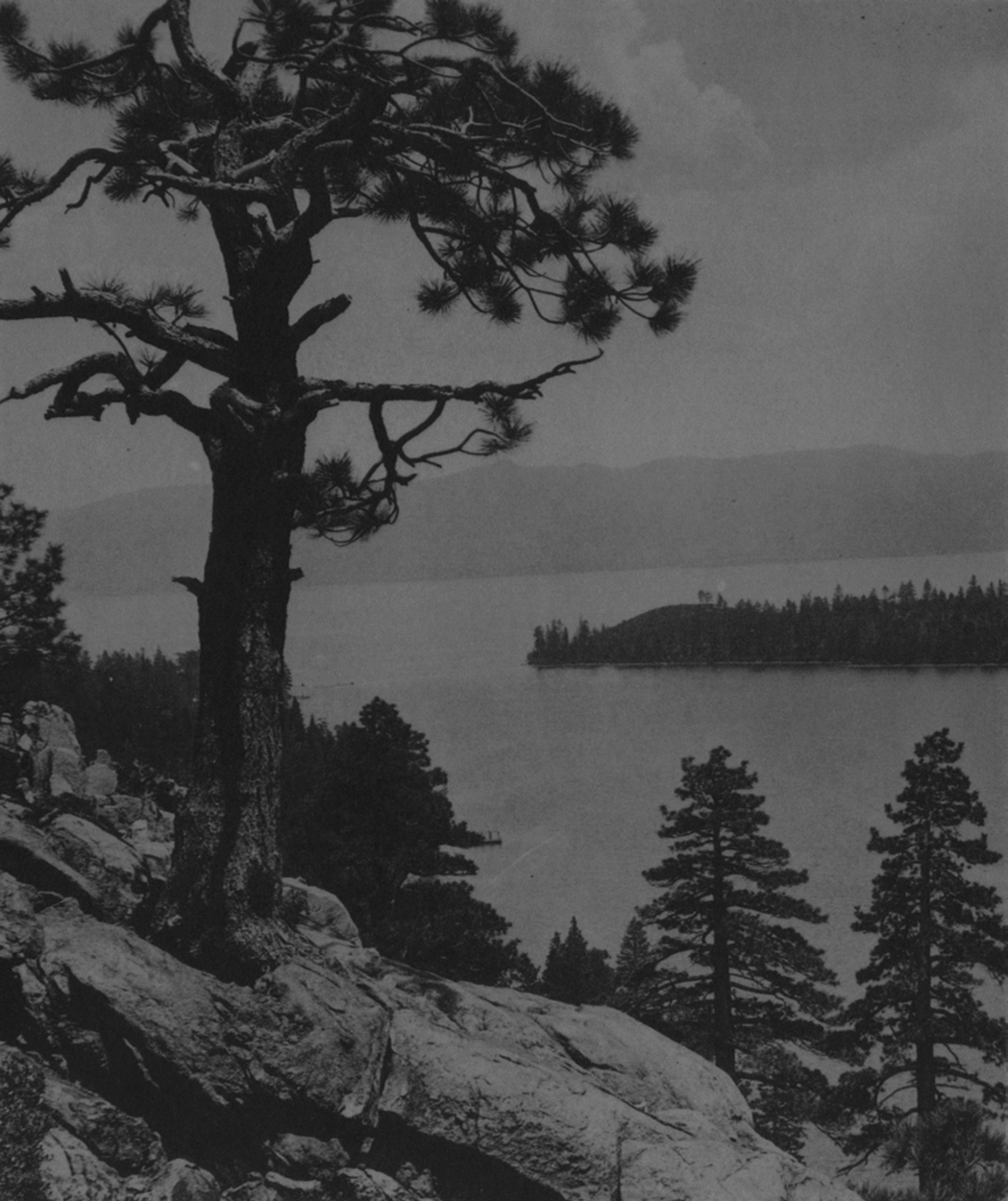
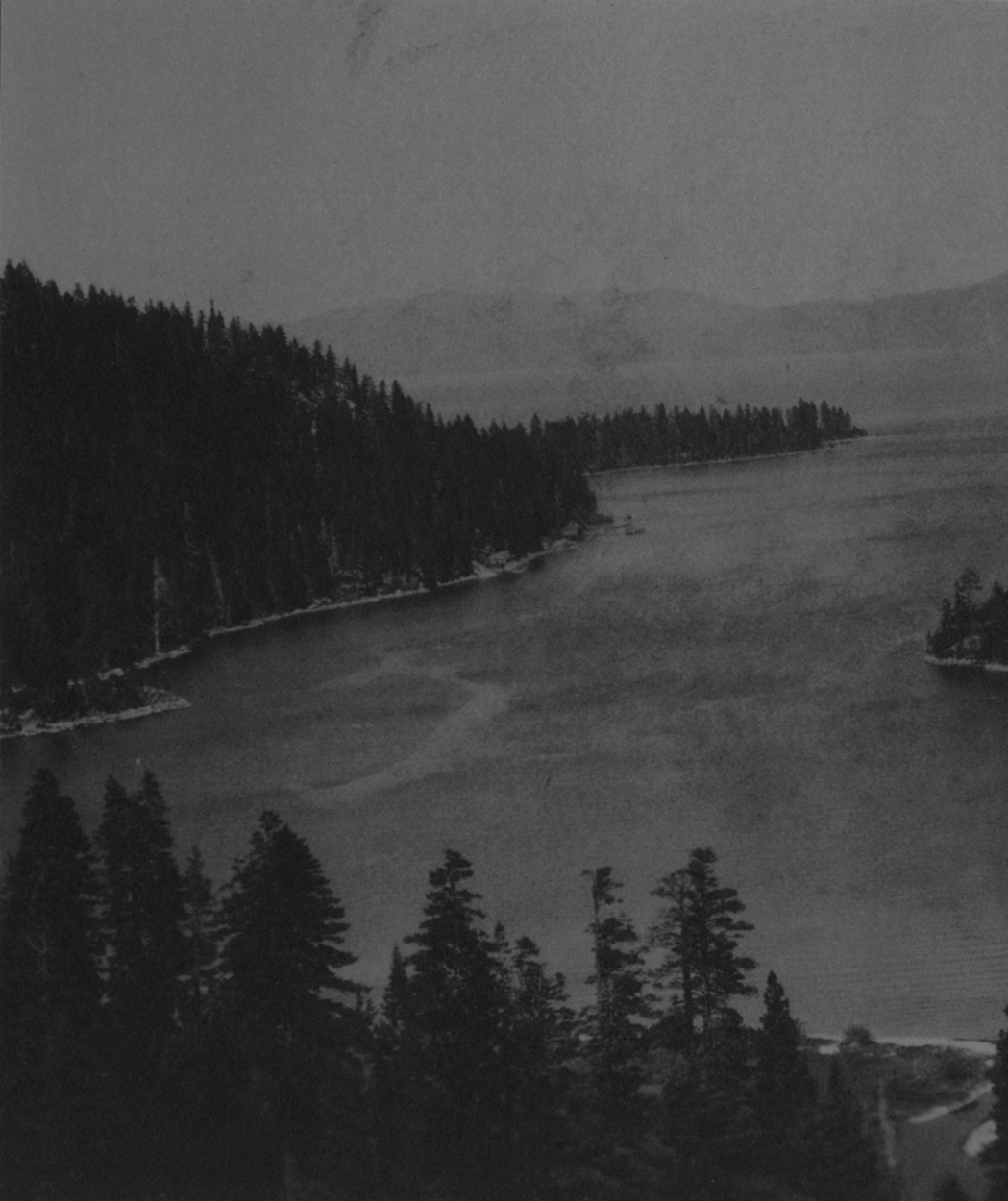
The title of the project evokes the idea of building an island in both a physical and mental sense. This duality is reflected in the actual format of this work, which consists of two complementary publications: the main one with photographs taken on Treasure Island between 2018 and 2021, and a complementary publication consisting of eight found photos of Fannette Island printed on double pages. In the latter, the folds are unbound and arbitrarily interleaved, partially obstructing each image of the island, with the idea that the reader can arrange the folds as they wish, thus creating a new image.
The intention is to convey the idea of construction with the images taken on Treasure Island and deconstruction in the publication of the found photos of Fannette Island. The juxtaposition of both publications explores the idea of incidental isolation and constructed isolation (building with my images and deconstructing with the found images), using this tension to create a new place.
